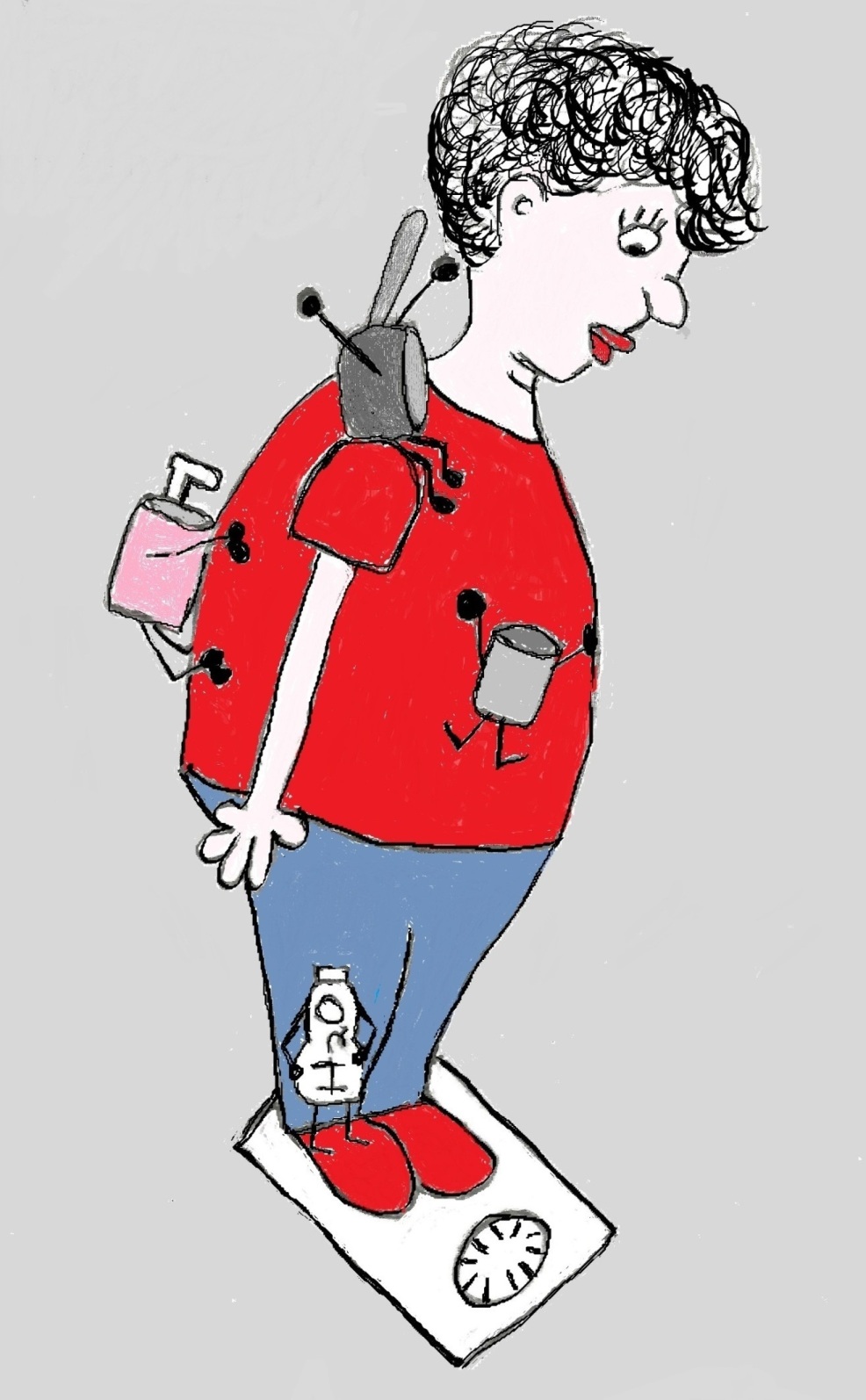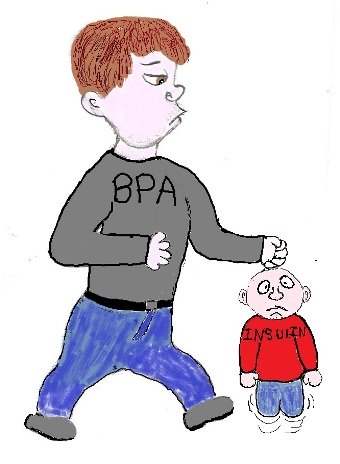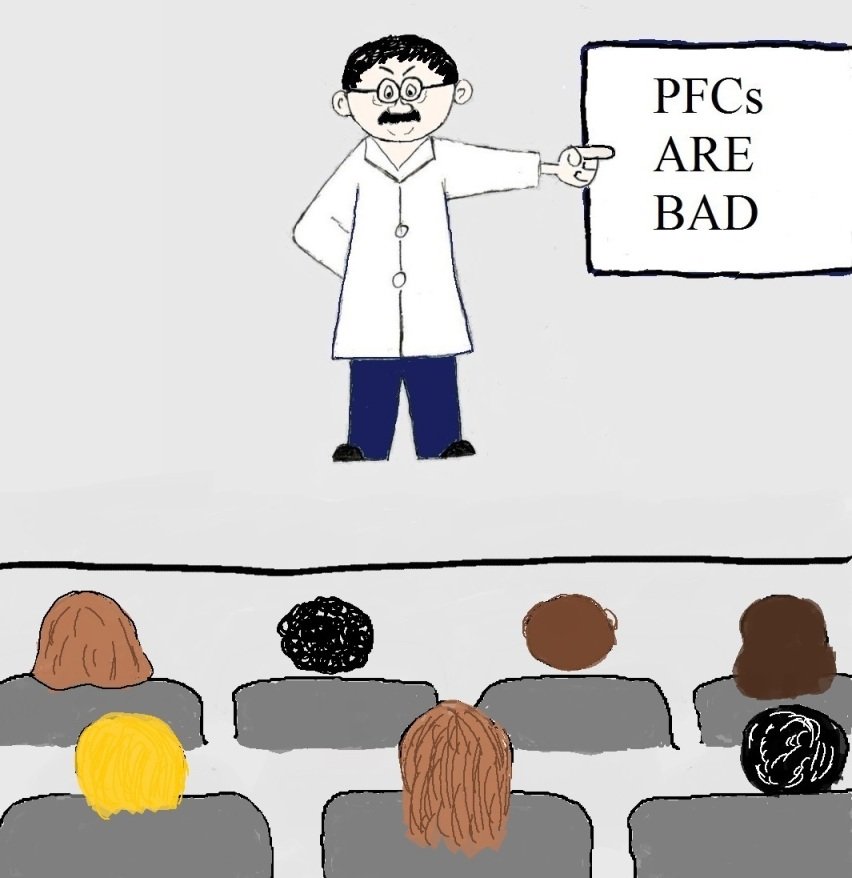- Home
- Toxic Chemicals & Health
- Toxins
Kids and Toxins

Kids are vulnerable and need to be protected from many things, including toxins. With any toxin exposure, the effects on your health are determined by when you’re exposed, how much you’re exposed to and for how long. The toxins your children are exposed to while you're pregnant and during early childhood can disrupt their normal development and cause disease later in their life.
Born With Body Burdens
Your child comes into this world carrying a toxic body burden of around 200 chemicals. When you're pregnant some of your body burden is passed to your unborn child. After your kids are born they are exposed to additional toxins from many sources, including breastfeeding and the products you use in your home.
Toxin exposure during such a vulnerable time can have life long effects on your child's health. Some researchers believe that many chronic adult diseases, like asthma, diabetes, cancer, infertility and obesity are a result of toxin exposure during your child's development. (Known as the Developmental Origins of Health and Disease (DOHaD) paradigm). Even low level exposure during fetal development and infancy may cause irreversible effects in adulthood.
For example, some of the toxins you're exposed to while pregnant and while your child is young can also increase your child's risk for obesity in childhood and adulthood. During this time period fat cells are being programmed and metabolic set points are being established. Your child can be reprogrammed by toxins like BPA to have a slower metabolism, more or larger fat cells and more abdominal fat. This exposure may also affect the larger regulatory systems involved in body weight balance.
Exposure to toxins, especially endocrine disruptors, during the prenatal to puberty period can also affect your child's development. The developing brain is particularly vulnerable to environmental toxins. Toxins can also disrupt your thyroid function, which is very important for normal brain development of your unborn child during pregnancy. Early-life exposures to toxins have been linked with increased rates of neurobehavioural disorders, including dyslexia, mental retardation, ADHD and autism,
Why Your Child is More at Risk
- A child's blood–brain barrier is not fully formed, and it is more permeable to toxins than a mature brain.
- Some tissues and organs continue developing after birth and into infancy and childhood, like a child's central nervous system and reproductive system.
- Their livers are less efficient at breaking down and removing toxins.
- Because of their small size, kids take in more toxins relative to their body weight.
- Kids also spend more time on the floor and are always putting things in their mouths, which can expose them to toxins.
Passing on Your Body Burden
Toxins that can be routinely detected in the blood or urine of pregnant women and children is extensive. They include:
- Metals like mercury, lead, cadmium, and arsenic;
- Persistent pollutants like PBDEs (flame retardants), PCBs, and DDT;
- Nonpersistent chemicals like triclosan (antibacterial agent), pyrethroids (insecticide), organophosphate insecticides (like chlorpyrifos, parathion), BPA, and phthalates.
Exposure to these chemicals can lead to serious health problems for children.
Pesticides and Kids Are a Dangerous Combination
Hundreds of studies have documented the health effects of using pesticides in your home and children are most at risk. Two examples of the dangers of pesticide exposure made national headlines in 2015. There was the Florida family that fell ill and their 10-year-old boy was hospitalized after termite fumigation in their home. Before that, a Delaware family vacationing in the U.S. Virgin Islands became sick after pesticide exposure. The family, especially the children, are still suffering health consequences.
Also in 2015, a study published in the journal Pediatrics combined data from 16 earlier studies to find trends in home insecticide use and childhood cancers. The researchers found that children who had been exposed to insecticides indoors were 47% more likely to have leukemia and 43% more likely to have lymphoma. Also, they concluded that rates of cancer were highest among children who were exposed in the womb and among those whose parents were exposed before they were conceived.
Pesticide exposure from farming, and residues on food and in drinking water have also been linked to childhood illnesses.
Some of the Pesticides Linked to Health Problems in Kids
Chlorpyrifos (organophosphate banned for home use but still used in farming) - It attacks the nervous system in the same way as nerve agents like sarin. Found in non-organic produce and drinking water. Linked to structural abnormalities of the brain and neuro-developmental problems that persist up to age 7, impairs learning and changes brain function.
DDT (a banned but persistant pesticide) - Linked to structural abnormalities of the brain and neuro-developmental problems that persist up to age 7.
Pyrethroids (common household insecticides like cypermethrin and permethrin) - Linked to ADHD, autism, learning problems, and adverse behavioral and emotional development in children. As an endocrine disruptor, it can affect development of the reproductive system.
2,4-D (found in weed and feed products) - linked to birth/developmental defects, endocrine disruption and reproductive problems.
Some Other Toxins Linked to Health Problems in Kids
Arsenic- Highest amounts found in water and brown rice. It is linked to reduced cognitive function in schoolchildren and a higher incidence of liver, lung, and kidney cancer as adults.
BPA (bisphenol A) - a common plastics additive, also found in canned food). Linked to a wide spectrum of developmental and reproductive effects, including an increase in aggressive behavior, anxiety and hyperactivity, early onset of sexual maturation, changes in mammary gland development, a decrease in testosterone and obesity.
Flame retardants - Prenatal exposure has been linked to neuro-developmental disorders like autism and ADHD or ADHD-related behaviors, cancerous tumors and messing with hormones important to reproductive and neurological development.
PCBs (polychlorinated biphenyls)-This family of banned chemicals is often found in fatty foods, particularly fish, and can be passed along in breast milk. It is associated with reduced cognitive function in infancy and childhood and ADHD or ADHD-related behaviors.
Perfluorinated compounds (PFCs) - Linked to ADHD or ADHD-related behaviors, obesity.
Perc (tetrachloroethylene) -This dry cleaning solvent has been linked to hyperactivity and aggressive behavior, and increased risk of psychiatric diagnosis.
Phthalates - endocrine disruptor common in personal products. Linked to shortened attention span and impaired social interactions in children, ADHD or ADHD-related behaviors. Stimulates androgen, a group of hormones that influence the growth and development of the male reproductive system, causing adverse effects on genital development and masculine behavior in male children.
Protecting Your Children
If you're a parent of young children or just starting your family there are many things you can do to protect your children. There are plenty of articles on this website that will help you detox and this list is a great place to start.
1. DO NOT use synthetic pesticides in your home or garden.
2. Switch to organic produce.
3. Filter your drinking water.
4.Cut back on eating brown rice.
5. Do not eat canned food.
6. Keep plastic away from your food and drinking water.
7. Do not use air fresheners and scented products in your home.
8. Switch to natural personal care products.
9. Reduce your consumption of certain fish.
10. Dust and vacuum often to remove contaminated dust in your home.
Check out this video for more information.







